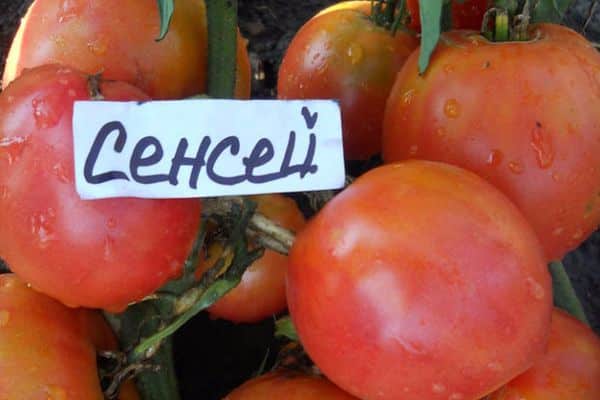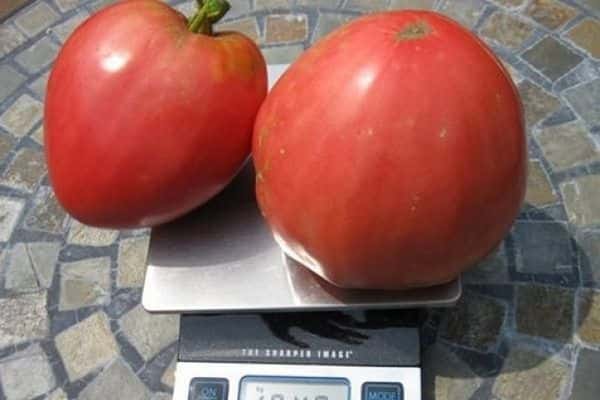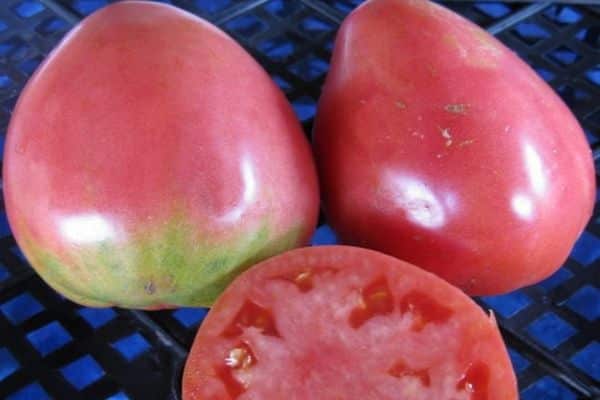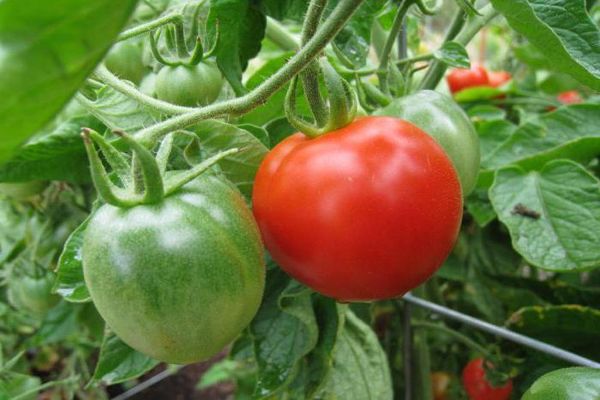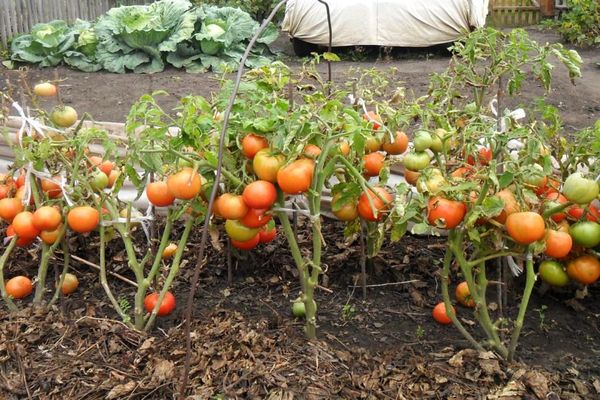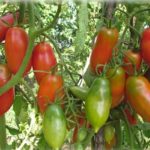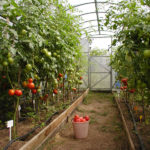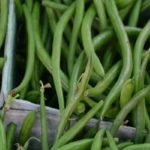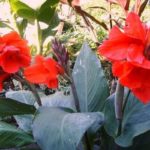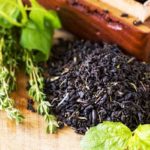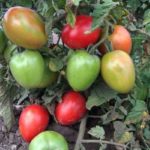Siberian breeders developed the Sensei tomato, the variety description of which states that the formed bush retains the ability to bear fruit until the onset of cold weather. The Sensei tomato variety is intended for cultivation in any region of the country, but a more favorable environment is being formed in the southern regions. To grow Sensei in the north, you need to plant the plant in greenhouse structures.
Main characteristics
Characteristics and description of the Sensei tomato variety has basic features. Many summer residents who grew this variety claim that the tomato has the following characteristics:
- the height of the bush, provided it is planted in greenhouses, can reach a height of 150 centimeters, and in open ground - 100 - 110 centimeters;
- the variety is distinguished by its large fruit;
- tomatoes belong to the early group;
- characteristics of tomatoes Sensei claims that tomatoes are resistant to popular diseases;
- tomatoes are resistant to low temperatures;
- Tomato productivity is high: from 1 square meter you can harvest an average of 6 - 8 kilograms of vegetables;
- the fruits have a bright, red-raspberry skin;
- the shape of the fruits of tomatoes of the Sensei variety is heart-shaped;
- the skin of the fruit has a smooth surface;
- unripe fruits ripen well at home;
- the average weight of ripened Sensei tomatoes ranges from 300 to 500 grams;
- the pulp of fruits that have reached maturity has a fleshy structure, a small amount of seeds;
- the fruits have a sweetish, pleasant taste.
Thanks to these qualities, ripe fruits are used to make salads. Tomatoes are often used in the preparation of various sauces and tomato pastes. Housewives who often prepare tomato juice claim that the juiciness of ripened fruits allows them to prepare a rich, tasty drink with a sweetish aftertaste.
The Sensei tomato, the majority of which have only good reviews, has one drawback: the summer resident who has already planted these tomatoes noticed their attachment to the need for a large amount of fertilizing. No other deficiencies were identified in the variety.
Growing conditions
The Sensei tomato variety is distinguished by its ease of care. Sowing work should begin in mid-March or early April.Many housewives carry out seed disinfection procedures before sowing, but this is not necessary, since the manufacturer carries out all the necessary procedures by default.
To grow healthy seedlings, seeds should be sown correctly.
- The first step is to soak them in a growth stimulator. The seeds should be kept in this composition for 12 hours. If the housewife does not have such a substance, you can replace it with fresh aloe juice.
- Prepared seeds are planted in depressions at a distance of 2 centimeters from each other.
- Then the soil is moistened, the container is covered with polyethylene or a piece of glass. Such material will create a favorable environment for the growth of seedlings of the Sensei variety.
- The container is moved to a warm, bright place.
- After the first shoots appear, the covering material is removed.
- When 2 leaves have formed above the ground, the seedlings should be planted in peat pots.
Sensei seedlings can be planted in open ground only after the soil has warmed up and the night frosts have ended. No more than 3–4 bushes are planted per 1 square meter.
Features of transplantation and care
To grow a healthy plant and get a rich harvest, you must follow the correct procedure for transplanting the plant into the soil. Transplantation into open ground should be done when the environmental temperature approaches the optimal values of 22 - 25 degrees. Landing should be carried out taking into account the following instructions:
- Before transplanting, the soil is loosened, and then holes are formed in it.
- Mineral phosphorus fertilizer is poured into each hole.
- Then the seedlings are placed in the formed depression directly in the pot.
- The transplanted plant is watered with settled water.Watering should be done only at the root, avoiding liquid getting on the plant itself.
Transplanted plants require regular application of liquid fertilizers. After planting the bush, it needs to be provided with the following care:
- watering should be provided in the morning once a week;
- when watering, use a spray bottle or watering can with small holes;
- watering is carried out only at the root;
- in the hot season, the optimal water temperature for irrigation is 18 degrees, and in cool seasons - 25;
- Bushes should be formed into 1 or 2 stems;
- stepsons must be removed;
- the formed bush must be tied to support structures created in advance;
- To grow sweet aromatic fruits, you need to feed the plant 4 times a season: you need to use fertilizers that are either organic or mineral containing potassium and phosphorus.
If all the listed care rules are followed, the Sensei variety will pamper the summer resident with delicious fruits that can be preserved until winter if they are collected during milk ripeness.
Possible diseases and pest damage
Tomatoes of the Sensei variety have excellent immunity to a huge number of tomato diseases. However, summer residents who regularly grow this variety recommend taking preventive measures that completely eliminate the risk of damage to the plant.
To do this, you need to regularly remove all weeds from the beds. If cultivation is carried out in a greenhouse, it should be regularly ventilated, and the soil and structure should be treated with specialized antifungal drugs.
Sensei tomato foliage should be inspected regularly to prevent insect damage.When pests appear, it is necessary to begin combating them as early as possible. To eliminate slugs, you can use ammonia: the pest is removed from the leaf, and then the affected area is wiped with a solution of ammonia.
If tomatoes are attacked by flying pests, it is necessary to treat them with specialized chemicals.
Despite the fact that Sensei tomatoes were registered not so long ago, tomatoes are already very popular among summer residents. Such demand is determined by obtaining a rich harvest that has an attractive appearance, attractive aroma and excellent taste.
This variety is especially popular among residents living in the North. This is due to the fact that such an early ripening variety allows the tomatoes to ripen and acquire a rich crimson hue in the shortest possible time. Those tomatoes that have not had time to ripen are perfectly stored at home when placed in a dry, dark place and ripen when placed in the light.

